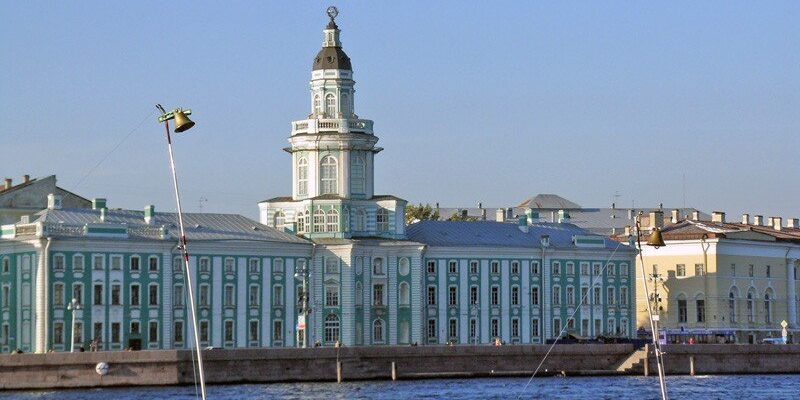Kunstkamera in St. Petersburg
Kunstkamera, a museum founded by decree of Peter the Great, opened in 1714 and was the first in Russia. It was named by the German word “Kunstkammera”, which means “cabinet of rarities”. It was supposed to collect all kinds of rarities created by nature and human hands. The full name of the museum is the Peter the Great Museum of Anthropology and Ethnography.
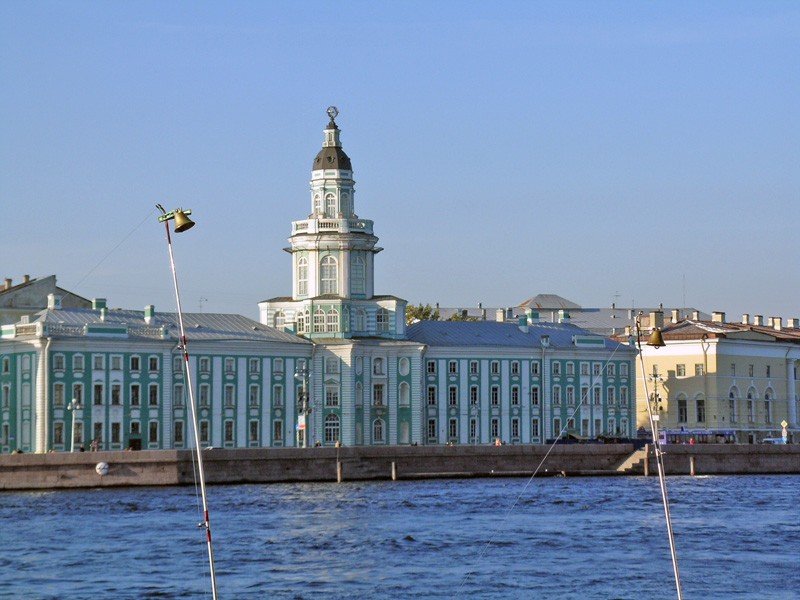
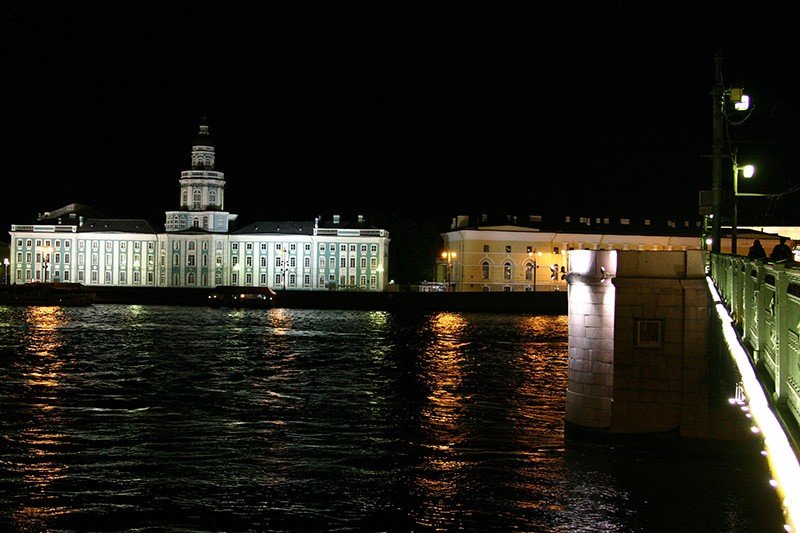
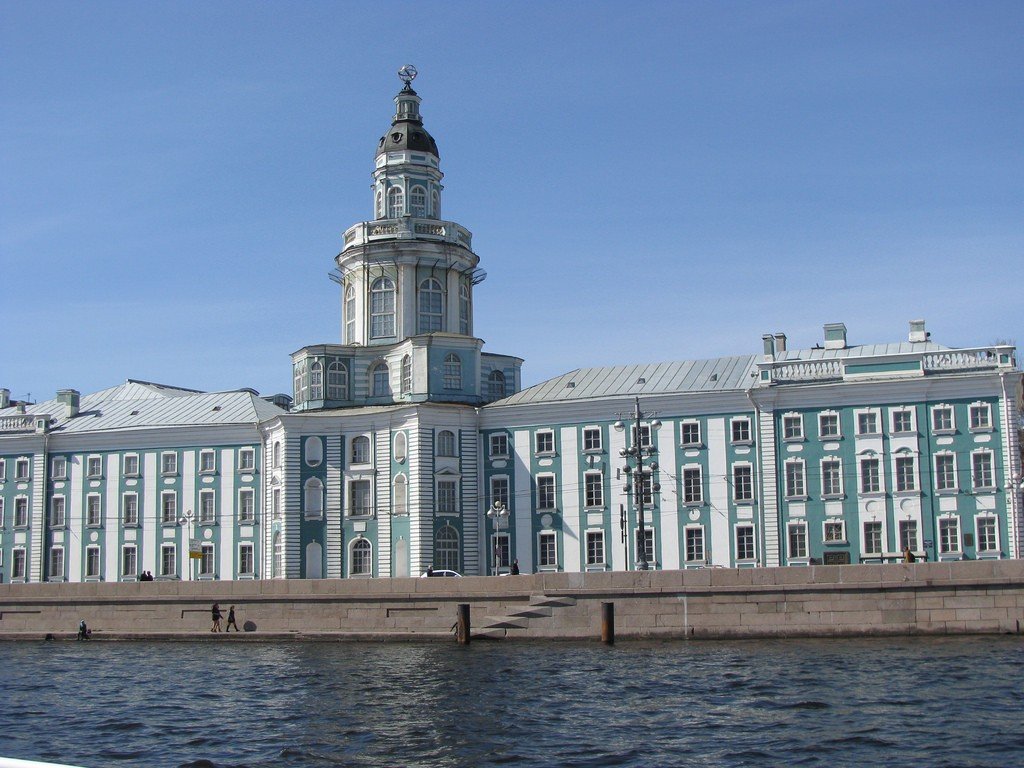
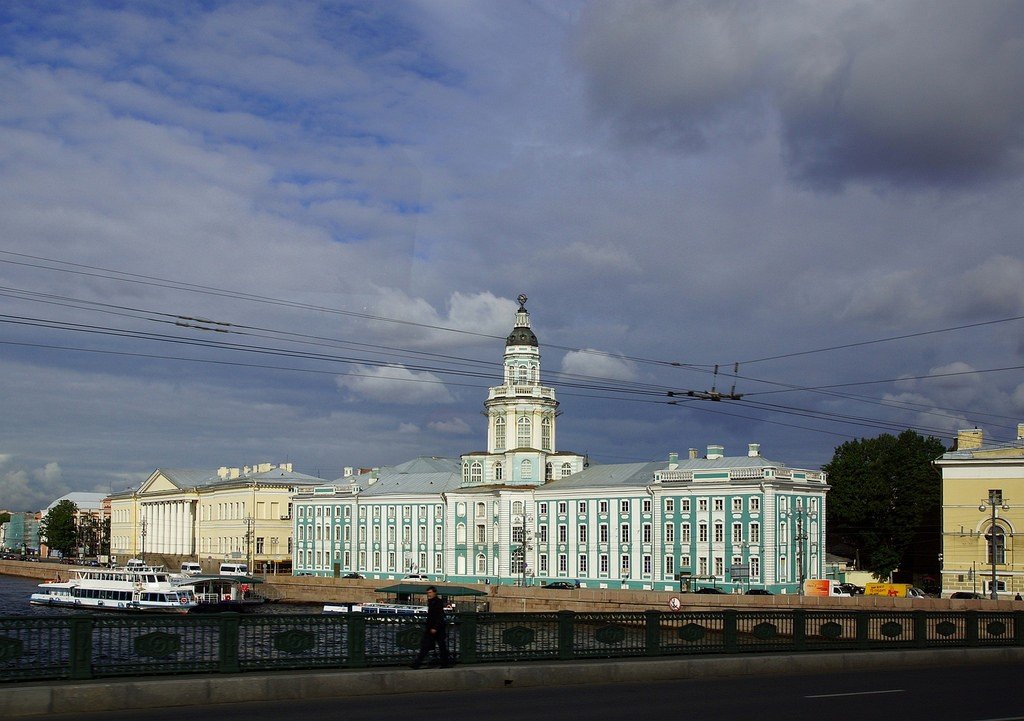
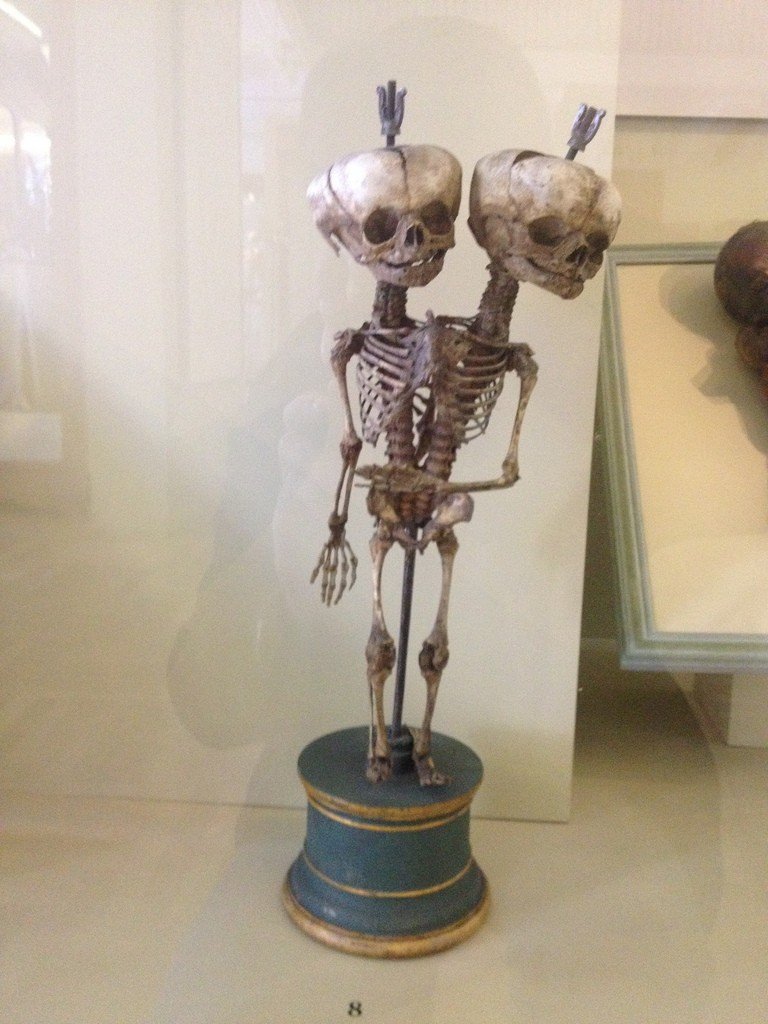
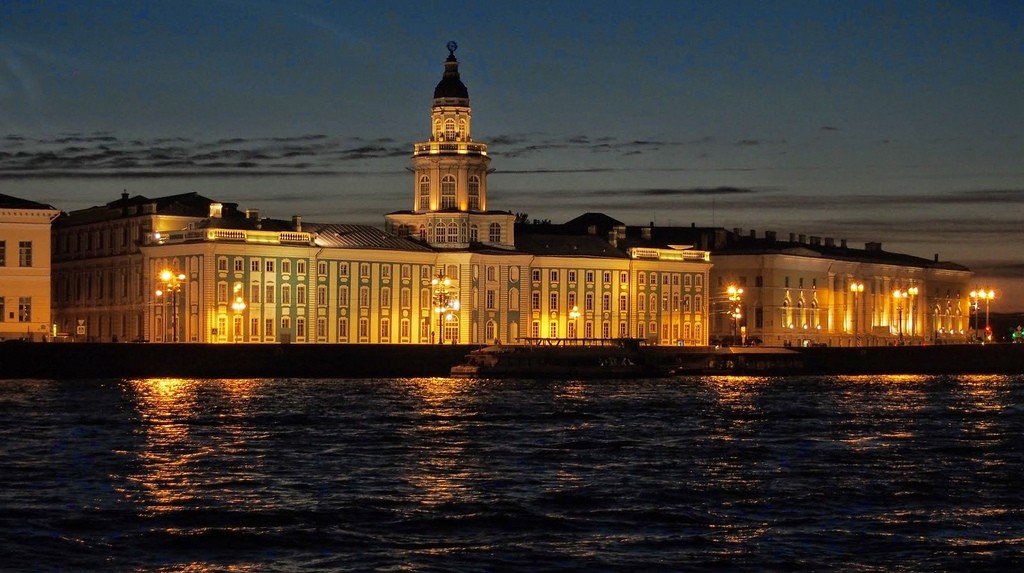
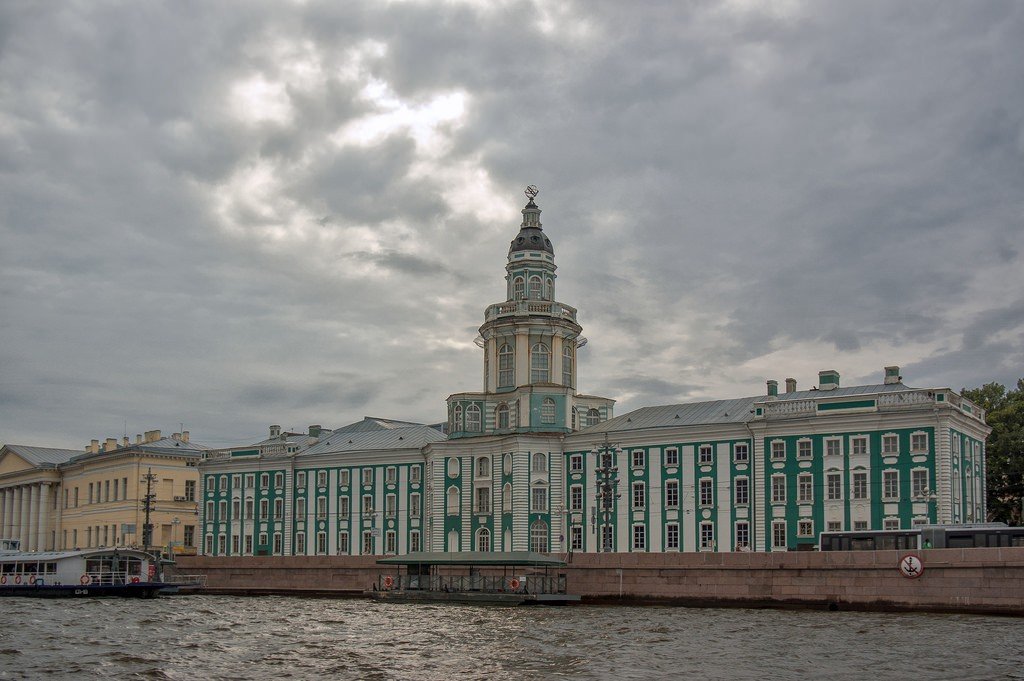
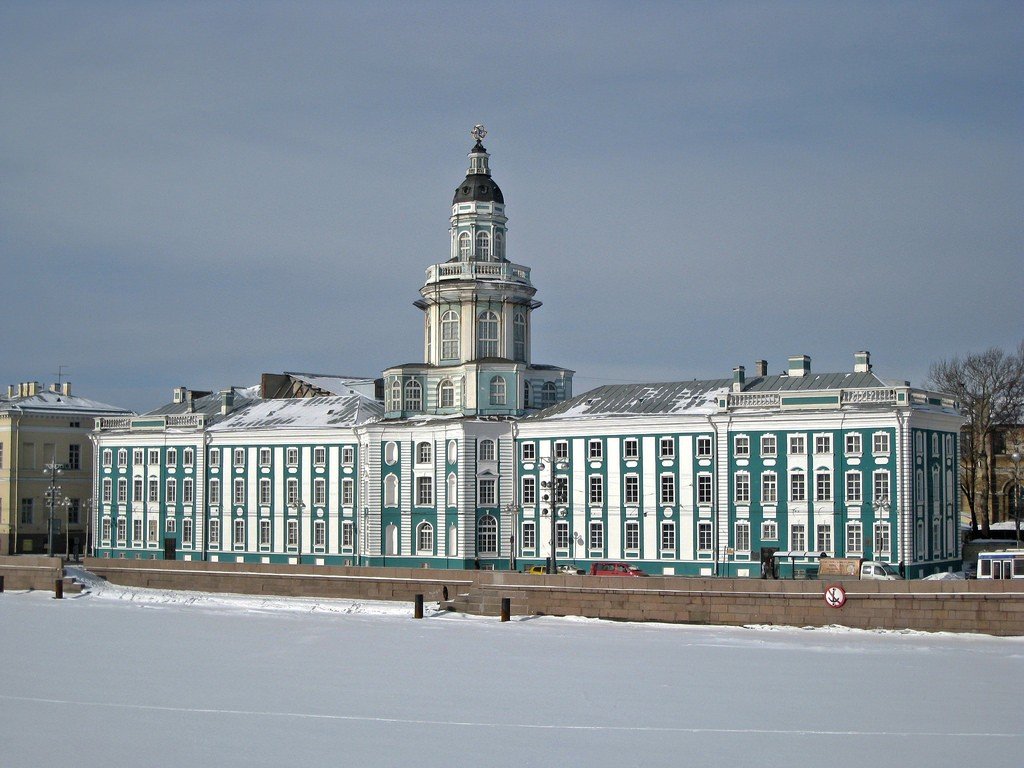
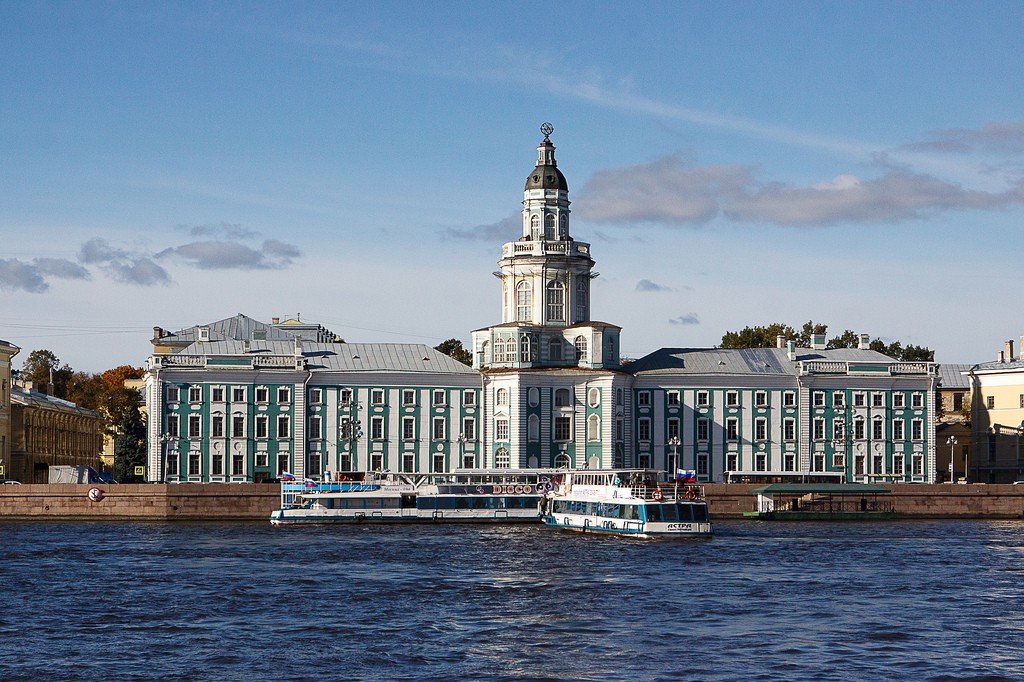
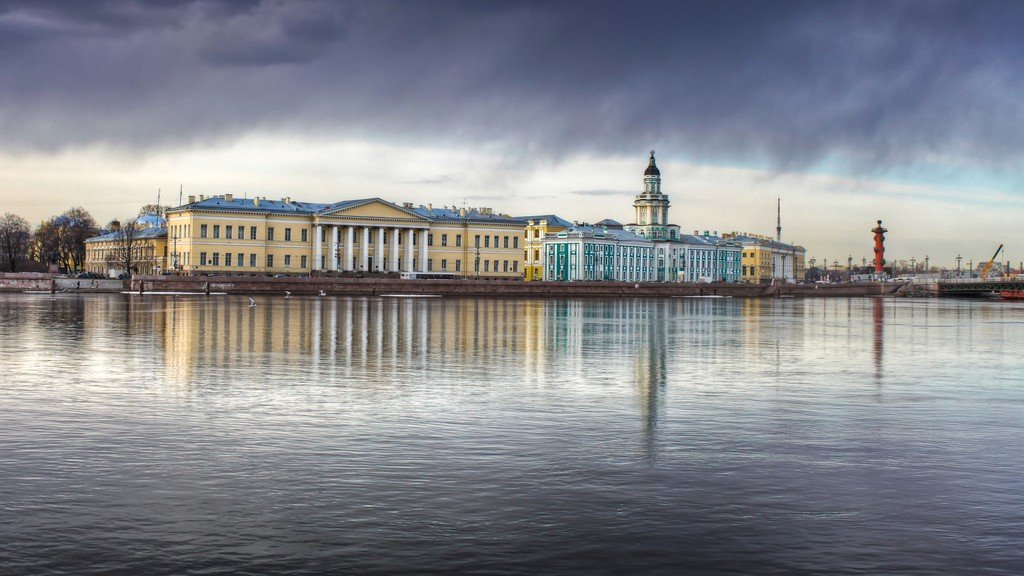
General information
Kunstkamera was created on the basis of personal collections of Peter himself. The inquisitive tsar was always attracted by amazing, mysterious phenomena – a calf with two heads, a three-legged baby, the skeleton of an unknown huge bird, unusual shells, strange plants, stone idols. The collection of rarities and exotic items grew rapidly. From different parts of the country came all new finds – rare minerals, stuffed exotic animals, ancient coins and manuscripts, outlandish skulls and ancient utensils. During his travels abroad, the tsar was not stingy in buying rare books, instruments, weapons, natural rarities and anatomical preparations. For example, in 1717 he bought in Holland a collection of “monsters” – human embryos with various developmental abnormalities suspended in jars.
.
There are truly unique exhibits in the Kunstkamera, such as a huge (diameter of more than 3 meters) Gottorp globe XVII century, made in the German city of Gottorp and presented to Peter by the Duke of Holstein. It is a kind of planetarium with a map of the starry sky, which can be observed simultaneously by more than a dozen people inside it.
. The royal collections were available for public viewing. “I want people to look and learn!” – Peter said. His decree read: “In this Kunstkamera henceforth anyone wishing to enter and lead, showing and explaining things”. No money was charged for admission, moreover, each visitor was offered a treat..
At first, the collections were housed in the house confiscated after the execution of Boyar Kikin – Kikin’s chambers. Then a special building was built for the Kunstkamera on Vasilyevsky Island. Gradually, the collection of interesting rarities began to turn into a real academic museum. A rich ethnographic collection appeared here. Currently, the ethnographic, anthropological and archaeological collections of the museum, numbering more than a million exhibits, represent the culture and life of peoples of all continents, tell about the origin of man and human races, the history of primitive society.
.Visitors
- Address: Universitetskaya nab. 3. Entrance from Tamozhny per. “Vasile-Ostrovskaya”, “Nevsky Prospekt.”
- Tel: 328-08-12. .
- Opening hours: Open every day, except Mon and last Tues of the month, from 11.00 to 18.00. Inspection-2-3 h. .
- Entrance: 300 p., preferential (schoolchildren, pensioners) – 100 p., students and preschoolers – free. The third reading of each month (except summer) visiting the museum for free.
